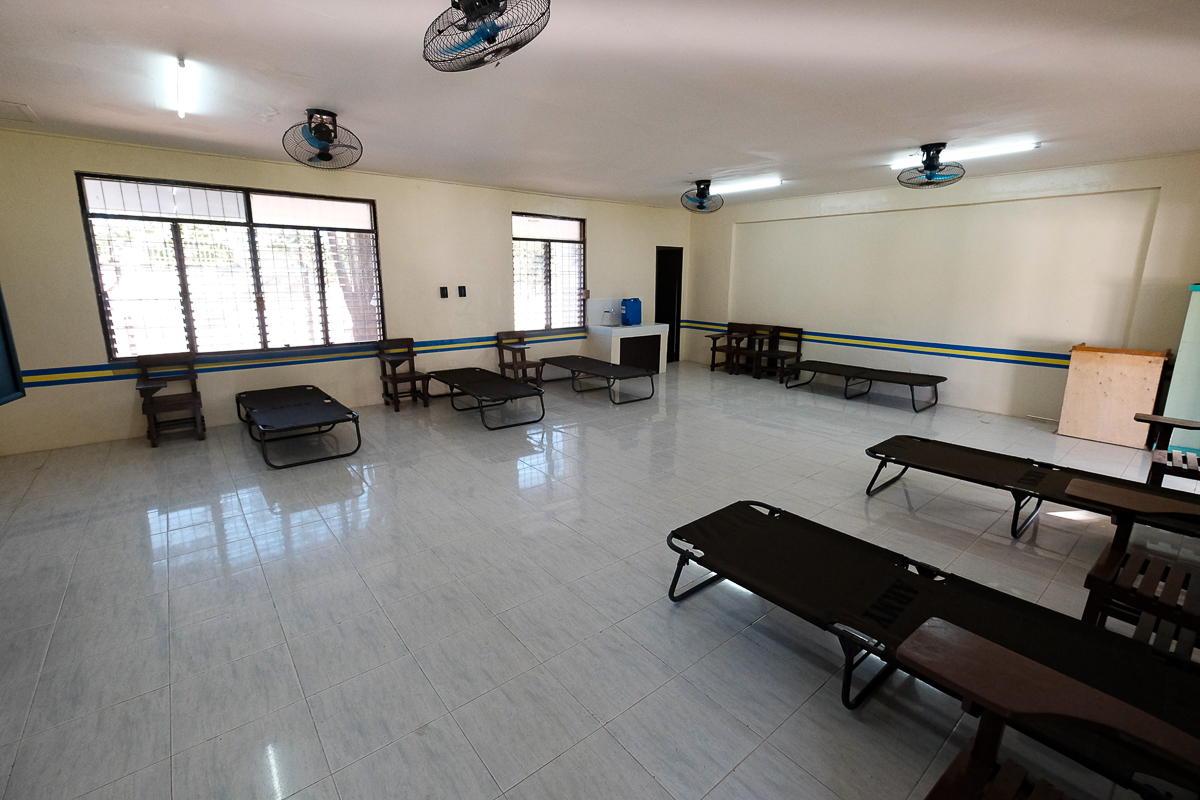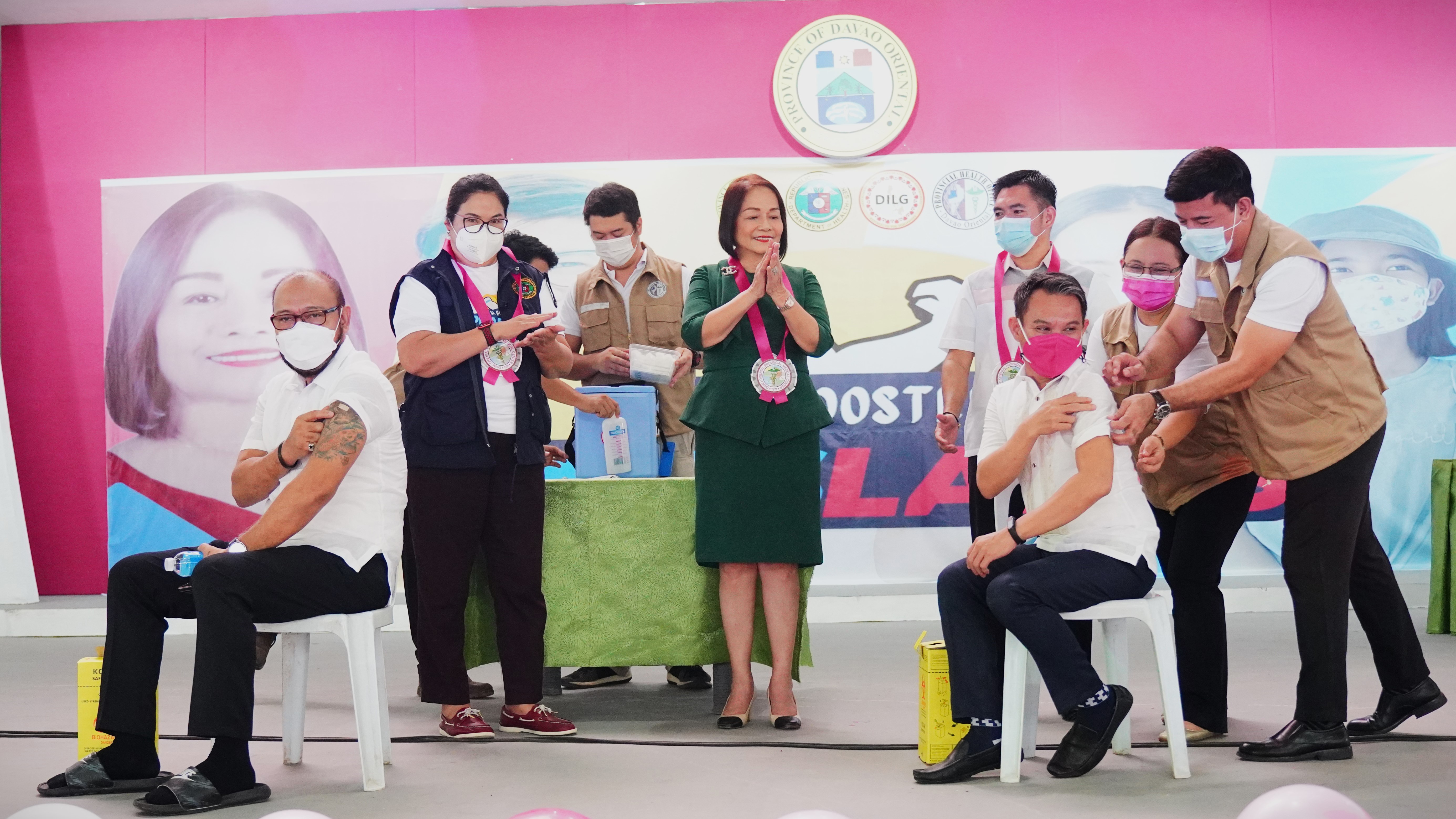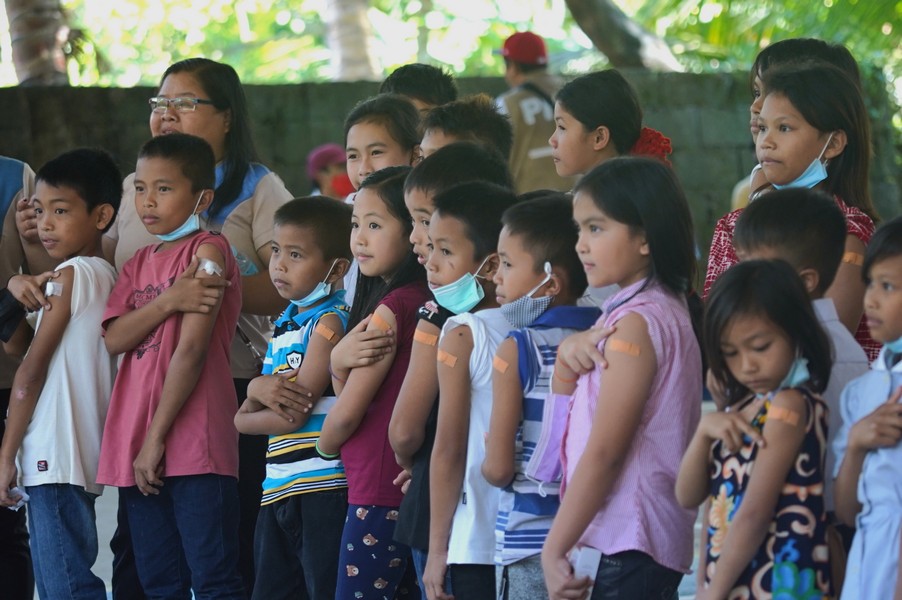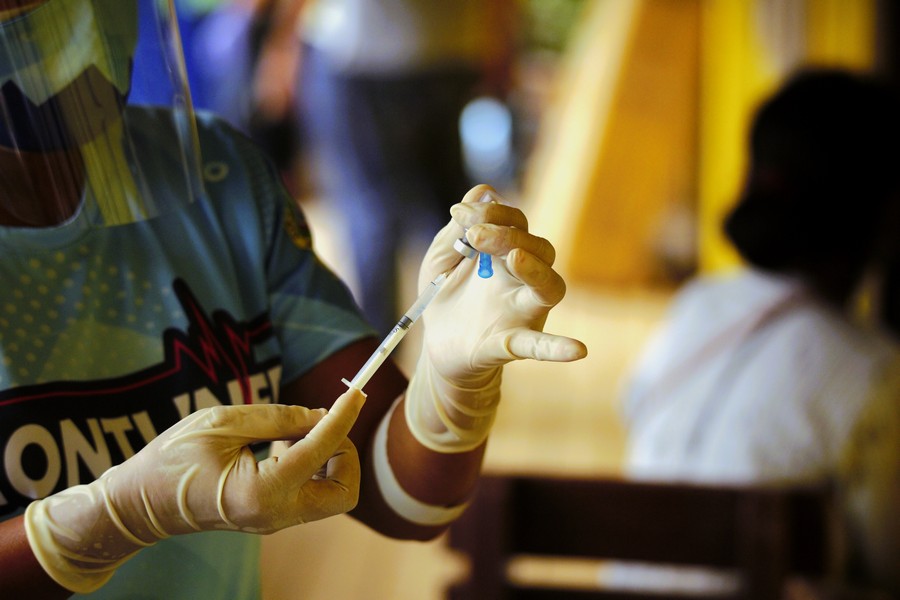MATI CITY, DAVAO ORIENTAL – Amidst the recent surge in the number of COVID-19 positive cases causing isolation units in the province to almost reaching their full capacity, an additional temporary isolation facility in the province was opened on Tuesday, August 17.
In a simple blessing ceremony, the Isolation Facility at the Davao Oriental Regional Science High School, located at Government Center, Brgy. Dahican, Mati City, was formally opened as a new quarantine facility.

The school was chosen by the Inter-Agency Task Force (IATF) to isolate COVID-19 patients who are asymptomatic and/or those who exhibit mild symptoms who cannot be placed under home quarantine.
Six (6) classrooms were repurposed and converted into five (5) isolation rooms and a nurses’ station. Each of the rooms has a hospital bed, a table, a chair, and a private comfort room.

Provincial Task Force on COVID 19 Action Officer Dr. Reden Bersaldo said the additional isolation rooms could cater to up to 40 people.
Through the additional quarantine facilities, the provincial government and the Provincial Task Force on COVID-19 aim to contain the further spread of the virus and alleviate hospital congestion.

This venture is also in keeping with the Department of the Interior and Local Government (DILG) Memorandum Circular No. 2020-064, otherwise known as the “Provincial/City/Municipal Special Care Facilities and Isolation Units Amid the COVID-19 Pandemic” wherein provincial, city, and municipal mayors are to identify government facilities, including public schools and state universities and colleges, to be momentarily transformed into isolation and quarantine facilities.

The new quarantine facility has started its operation, yesterday, August 18.

Meanwhile, on the same day, a blessing ceremony also took place for the new Provincial Disaster Risk Reduction and Management Operations Center. This new facility shall serve as a monitoring hub for natural calamities that pose a threat to people’s lives, and a crucial platform for action officers to enhance preparedness and coordinate response activities. By Shaye Dacles/ Photos by Eden Jhan Licayan




